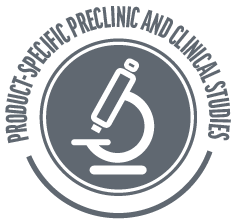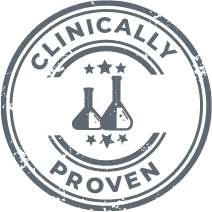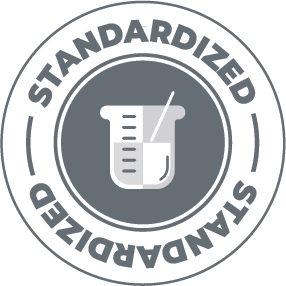Diagnosis and Treatment
stone disease
Stone Disease
How is stone disease diagnosed?
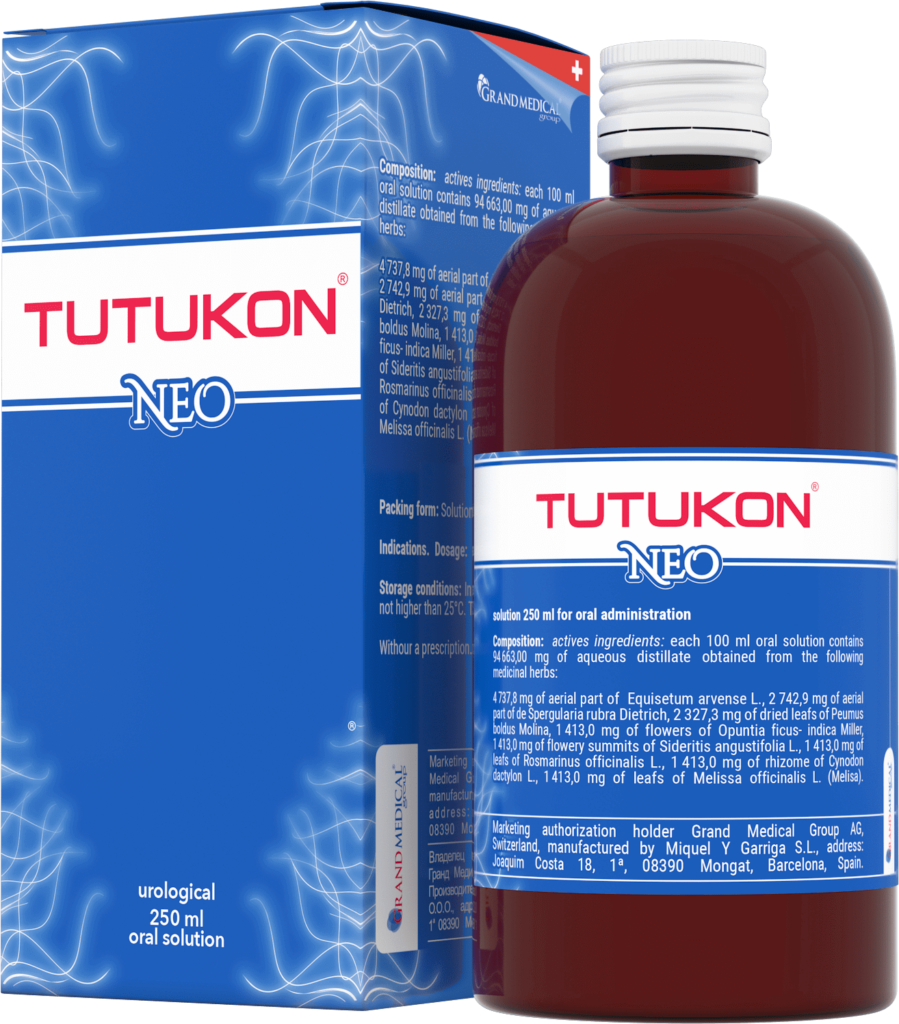
Tests that can be performed on patients admitted to a health center with flank pain and other stone disease symptoms:

Blood Test: It is used to measure whether the kidneys are performing their duties.

Urine test: It is used to detect if there is an infection.

Diagnostic Imaging Methods: Ultrasound (Sonography, medical diagnostic sonography) and computed tomography (CT) can be used to detect the stone. In some cases, stones cannot be detected with these imaging methods and different imaging methods are used.
*. Türk, C., Petřík, A., Sarica, K., Seitz, C., Skolarikos, A., Straub, M., & Knoll, T. (2016). EAU Guidelines onDiagnosis and Conservative Management of Urolithiasis. European Urology, 69(3), 468–474. doi:10.1016/j.eururo.2015.07.040
stone disease
Stone Disease
What are the treatment options?
In some cases, the stone can fall off itself by moving from its location. In order to facilitate this fall, some treatments are applied to reduce pain and ease the passage of the stone. On the other hand, in some cases, the possibility of stones falling spontaneously is very low. In these cases, different treatment methods are preferred. These treatment options are as follows:

Medical Treatment Alternatives:
In stones up to a certain size, management of pain symptoms and removal of the stone from the body can be supported by medical treatment. The data obtained from many studies reveal that products produced with plant-based active agents may be useful as an alternative or complementary treatment in urinary system stone disease. Medication or treatment supports can be used under physician control.
Medical Treatment Alternatives: In stones up to a certain size, management of pain symptoms and removal of the stone from the body can be supported by medical treatment. The data obtained from many studies reveal that products produced with plant-based active agents may be useful as an alternative or complementary treatment in urinary system stone disease. Medication or treatment supports can be used under physician control.

Breaking kidney stone with sound waves (SWL):
It is the process of breaking stones in the urinary tract with sound waves that create strong vibrations from the outside of the body.
Breaking kidney stone with sound waves (SWL): It is the process of breaking stones in the urinary tract with sound waves that create strong vibrations from the outside of the body.

Ureteroscopy (URS):
It is the process of taking the stone directly from the tip of the urinary tract. If the stone is too large to be removed, the stone is broken with a special laser.
Ureteroscopy (URS): It is the process of taking the stone directly from the tip of the urinary tract. If the stone is too large to be removed, the stone is broken with a special laser.

Percutaneous Nephrolithotomy (PNL):
It is the name given to the direct removal of stones in the kidneys with surgical intervention.
Percutaneous Nephrolithotomy (PNL): It is the name given to the direct removal of stones in the kidneys with surgical intervention.
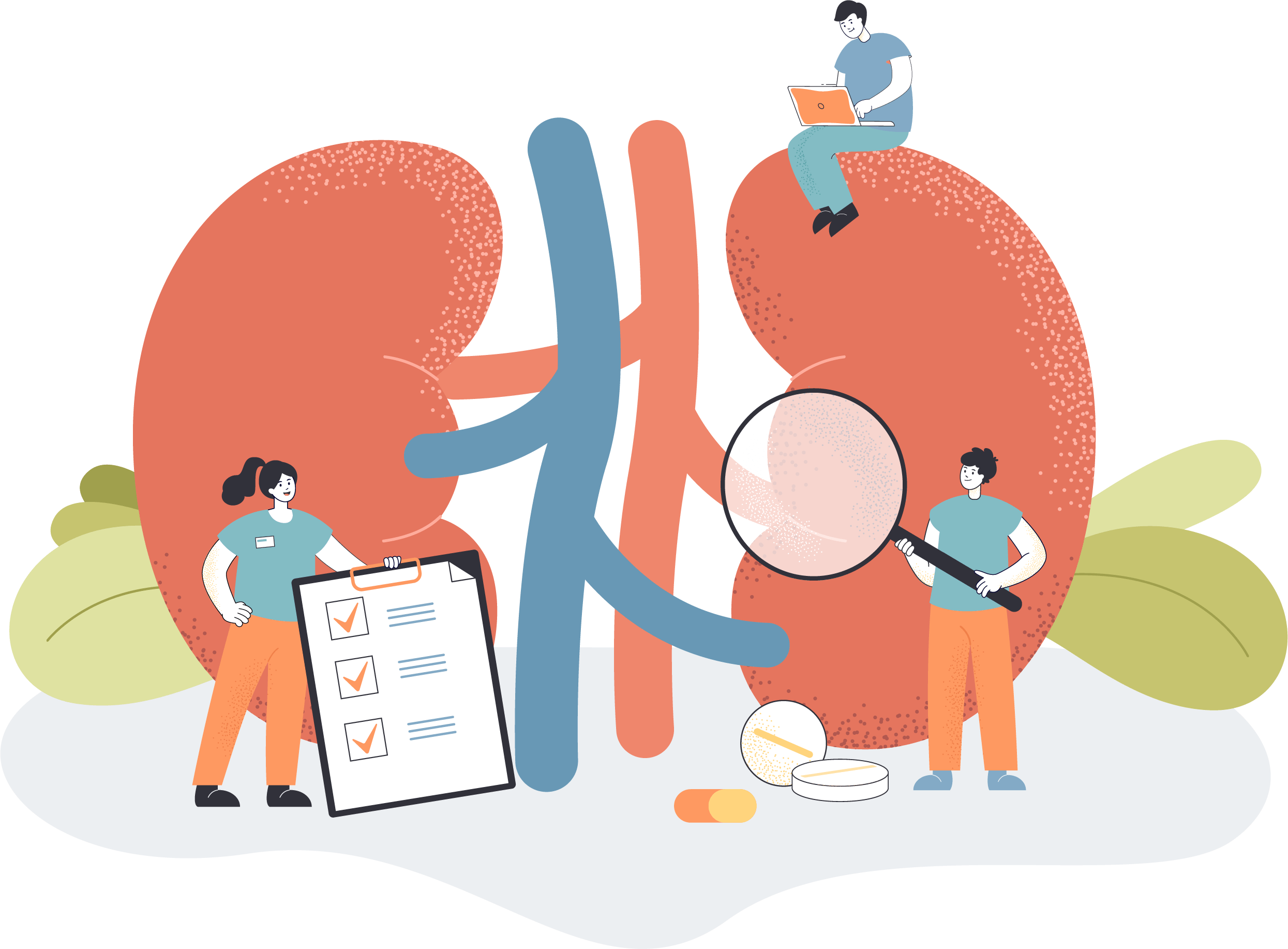
Medical Treatment Alternatives: In stones up to a certain size, management of pain symptoms and removal of the stone from the body can be supported by medical treatment. The data obtained from many studies reveal that products produced with plant-based active agents may be useful as an alternative or complementary treatment in urinary system stone disease. Medication or treatment supports can be used under physician control.
Breaking kidney stone with sound waves (SWL): It is the process of breaking stones in the urinary tract with sound waves that create strong vibrations from the outside of the body.
Ureteroscopy (URS): It is the process of taking the stone directly from the tip of the urinary tract. If the stone is too large to be removed, the stone is broken with a special laser.
Percutaneous Nephrolithotomy (PNL): It is the name given to the direct removal of stones in the kidneys with surgical intervention.

Türk, C., Petřík, A., Sarica, K., Seitz, C., Skolarikos, A., Straub, M., & Knoll, T. (2016). EAU Guidelines on Diagnosis and Conservative Management of Urolithiasis. European Urology, 69(3), 468–474. doi:10.1016/j.eururo.2015.07.040
why
Why
TUTUKON NEO®
TUTUKON NEO® is a unique product that can be used at every stage of stone disease
thanks to its special formula and multi-component.
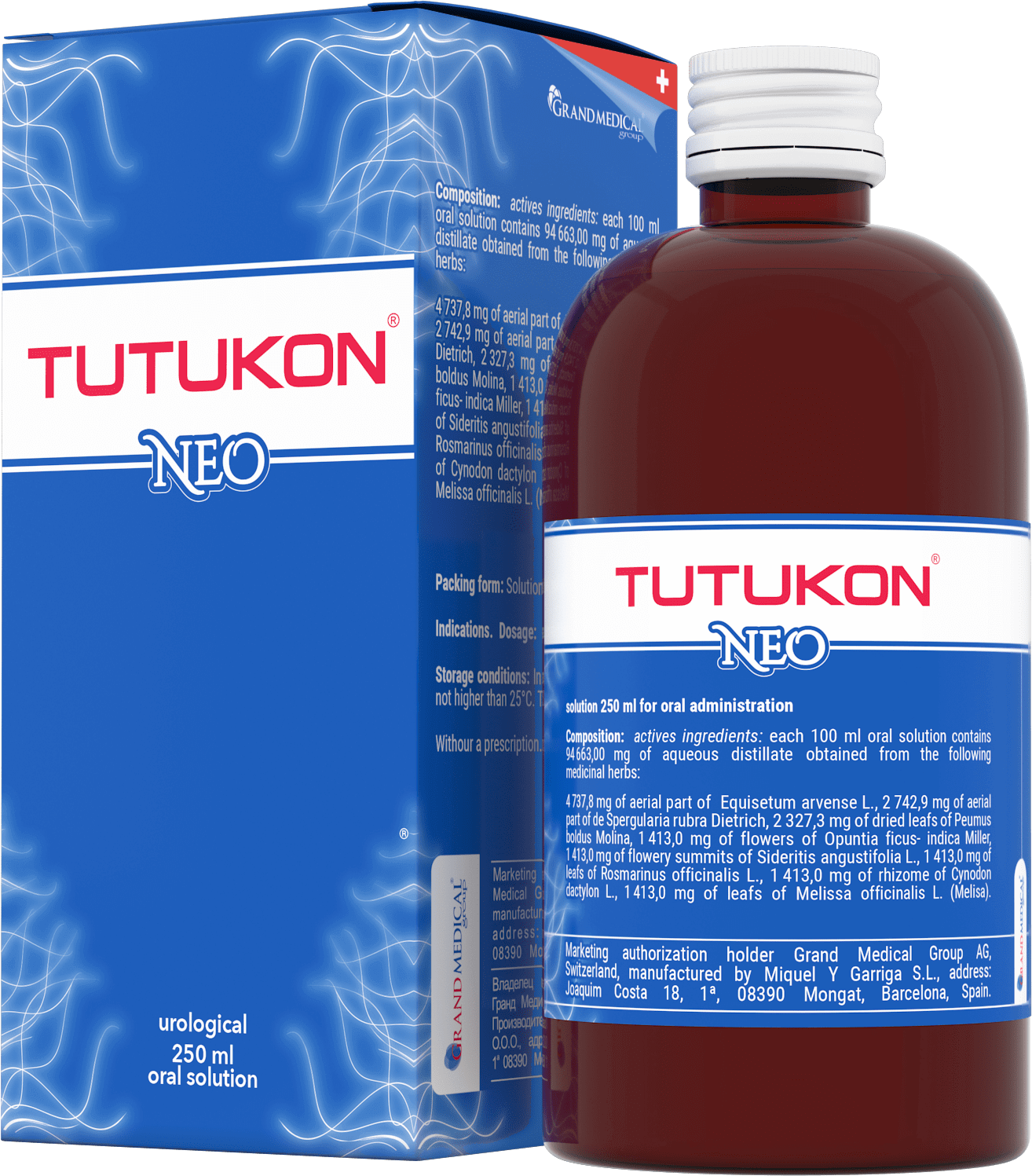

Tutukon Neo®, thanks to 8 different active substances in its content, is a litholytic (stone crusher), diuretic (diuretic), analgesic (pain reliever), antibacterial, anti-inflammatory (anti-inflammatory), antioxidant and anti-inflammatory agent necessary for the treatment and prevention of stone disease. It is a clinically proven product that provides nephroprotective (kidney protective) benefits.
– Cineols
ve Natural Acids
These active ingredients are obtained from the following herbs: Equisetum arvense, Spergularia rubra L, Peumus boldus, Opuntia ficus-indica. (L) Mill, Sideritis angustifolia, Rosmarinus officinalis, Cynodon dactylon, Melissa officinalis
Gottlieb, M., Long, B., & Koyfman, A. (2018). The evaluation and management of urolithiasis in the ED: A review of the literature. The American Journal of Emergency Medicine, 36(4), 699–706. doi:10.1016/j.ajem.2018.01.003
